Email is a common way to communicate with customers. The stats are eye popping:
- There are 4 billion daily email users. This number is expected to climb to 4.6 billion by 2025. (Statista, 2021)
- 64% of small businesses use email marketing to reach customers. (Campaign Monitor, 2021)
- 37% of brands are increasing their email budget, and just 1.3% are making cuts. (Litmus, 2021)
- The most effective strategies for email marketing campaigns are subscriber segmentation (78%), message personalization (72%), and email automation campaigns (71%). (HubSpot Blog Research, 2021)
- 33% of marketers send weekly emails and 26% send emails multiple times per month. (Databox, 2022)
Commonly, a need for organizations is to both increase and make more effective their communication (e.g. us! Cold-call emails: 3 gold-standard tips from our behavioural science experiments you need to know) with teams sharing help guides, having conversations, and sharing techniques; No surprise, and fine.
But, once you successfully turn on the email tap you need to control it, right?
Throttling replies
One of our clients had no problem with attracting email communications*. In fact, they wished to reduce the amount of follow ups from customers while they were dealing with customers’ details. They are in the service industry, and handle replacement of lost or damaged items for small businesses. They do it well, and fairly, and it’s a regulated sector. Everyone gets what’s fairly due.

But it can take a day or two to process, and there are questions back and forth on email or phone, or sometimes (shock, horror) by actual physical letter.
From our work on cold-emails (Zo start up, case study here) we know there are some factors that help motivate. According to our data from 400,000+ people around the world exposed to tens of subject lines, we found that loss aversion (Kahneman & Tversky, 1979), Curiosity gap (Lowenstein, 1994; Wainer, Dabbish & Kraut, 2011), Social validation, ‘people like me’, Personalization (Sahni, Wheeler & Chintagunta, 2016) where ‘things’ associated with the self are persuasive as they’re more liked and trusted (Kahneman et al., 1990; Nuttin, 1985; Reed, 2004), all played a role and delivered varying results.
Approaches
From this foundation we developed a series of live test of email subject headings to explore throttling responses. In summary, it was clear that:
1. Distant, cold approaches
- Such as ‘Ref: ABC123…’
- Gave inbound comms at 130% of outbound comms
2. Personal, endowed approaches
- Such as ‘Your… process’
- Gave inbound comms at 110% of outbound comms
3. Loss-y approaches
- Such as ‘…more details needed to progress…’
- Increased inbound comms to over 140% of outbound comms
It’s clear with just a simple tweak to the subject heading (yes, just that – not the body, not the time of day of delivery, not the sign off – none of the content at all) we were able to throttle up, or down, the total number of follow-up emails / calls / letters from customers.
Powerful, huh?
Tell us where you think this could help you.
—
*The subject headings and sector have been adjusted so they are not recognisable.
For more on this speak with us, or have a look at our capabilities
Also, as co-founders and supporters of the London Behavioural Economics Network, join the Meetup group and Facebook group for more details and events
Related Posts
August 13, 2023
Money (but not called that, and how it changes behaviour).
Advertising agencies make a lot of…
August 1, 2023
Reading ease is not as easy as all that – comprehension shows the way
It's easy to make text readable, right?…
July 20, 2023
The ‘Hollywood hello’ – and the importance of context when communicating
When communicating we all like to be as…




